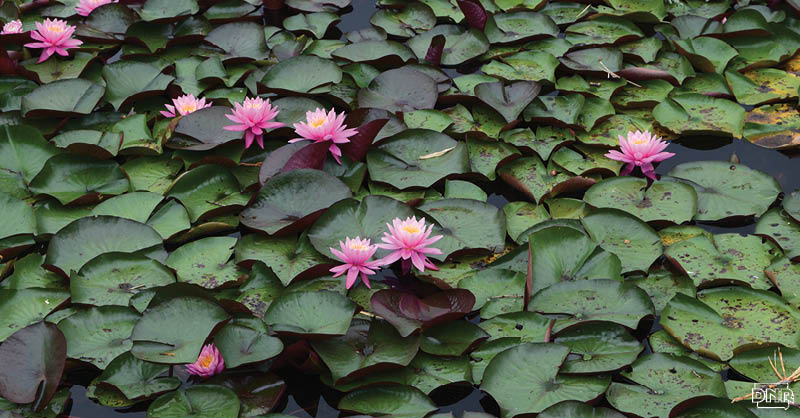Mount Ayr, Iowa – The Mount Ayr Wildlife Area is a 1,500-acre outdoor playground on the way to nowhere. While travelers are not likely to stumble upon it, hunters would be wise to know its location.
The Mount Ayr Wildlife Area is part of the seven county Grand River Wildlife Unit in southwest Iowa. Chad Paup is the wildlife biologist responsible for managing the area and all its diversity. He receives a lot of phone calls, mostly from nonresidents, who have specific questions about deer hunting on specific areas.
His advice?
“I tell them not to overlook Mount Ayr. It’s a tremendous deer hunting spot,” he said.
Sitting just eight miles from the Missouri State Line in southwest Ringgold County, the Mount Ayr Wildlife Area has been providing high-quality hunting since it was formed in the 1940s. The phrase “off the beaten path” is an often overused cliché, but in this case, it applies. Most of the beaten path around the Mount Ayr area is Level B maintenance dirt road.
 The area has a mix of forest, prairie and shallow lake habitats that offer a little something for everyone.
The area has a mix of forest, prairie and shallow lake habitats that offer a little something for everyone.
The forested area is a mix of oak and hickory with some high-quality walnut trees mixed in. A series of fire breaks have been cut through the forest that helps with timber management. Using fire in the timber opens the forest floor to sunlight and is one tool to knock back the invasive honeysuckle bush.
Firebreaks provide easy access through the timber and are often a welcomed sight to successful deer hunters when it’s time to drag a deer out in the fall. These wide lanes also offer potential turkey strut areas in the spring.
While deer hunting generally claims the spotlight, starting Sept. 1, dove hunting will take center stage.
A large sunflower field on the southwest part of the wildlife area held thousands of doves three years ago. Dove food plots rotate from sunflowers to winter wheat than to beans and this year it’s in sunflowers again.
The field is weedy and while not the optimal situation, it is holding doves. Weedy sunflower plots offer other benefits including serving as an excellent brood rearing area for young pheasants providing a high-quality protein insect diet and travel lanes for cover.
These rotating dove food plots are also benefitting other birds, including the local quail population.
“The area has good quail numbers and decent pheasant population. For hunters, it’s definitely worth a trip and it’s not far from other public wildlife areas,” Paup said.
Restoring the lake
The long, narrow 60-acre Walnut Creek Lake on the north side has good hunting for teal and wood ducks and serves as a stopover point for flocks heading south. When the word gets out that a new flock of ducks has hit the marsh, the local hunters are there the following morning.
The shallow lake is refilling after being renovated to remove silt. A channel has been added to improve access from the boat ramp. That deeper channel created an overwintering area for fish.
Prior to the renovation, lotus had taken over much of the lake. The unwanted aquatic plant has all but eliminated during the renovation because the lake was dry.
Hiking, paddling, sleeping, picking
The Mount Ayr Wildlife Area has a clearing in the timber, near a series of fishing ponds that serve as a year round rustic, no frills campsite. There is no electricity, no water, and no restrooms. But it does have fire rings and picnic tables and an impressive view of the night sky.
While it currently doesn’t receive much use by the paddling community, the shallow lake could be an attractive option for paddlers looking for a quiet experience.
The lake is nearly encircled by a mowed path. The wildlife area is popular with mushroom hunters.
Northern saw-whet owl study
The Mount Ayr Wildlife Area was selected as a site by researchers who were monitoring for northern saw-whet owls during their spring and fall migration, as part of a larger, national study on owl and hawk migration patterns.
Researchers set up a series of 7-8 foot high mist nets that were unrolled in the evenings along lanes mowed through a cedar thicket on the area. Speakers were used to broadcast saw-whet owl calls to peak the curiosity of any saw-whets in the area. When the tiny owl would investigate, it would get trapped in the soft netting.
Researchers would collect the owl’s weight, measurements and age data, then band and release it. The study lasted from 2011-2015.
This tiny owl, about the size of a can of pop, was so named because its call is similar to the sound a whetstone makes when sharpening a knife.
